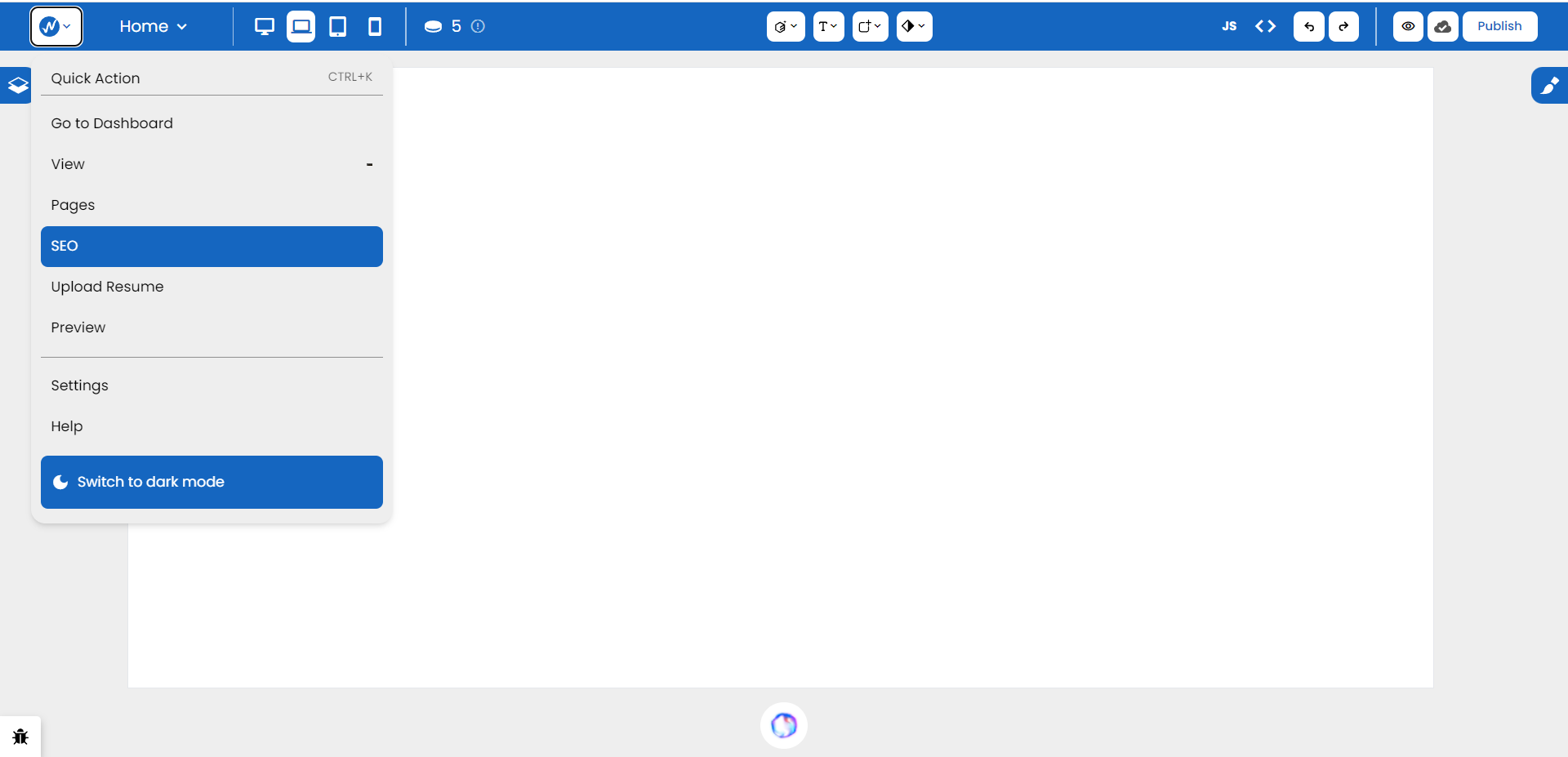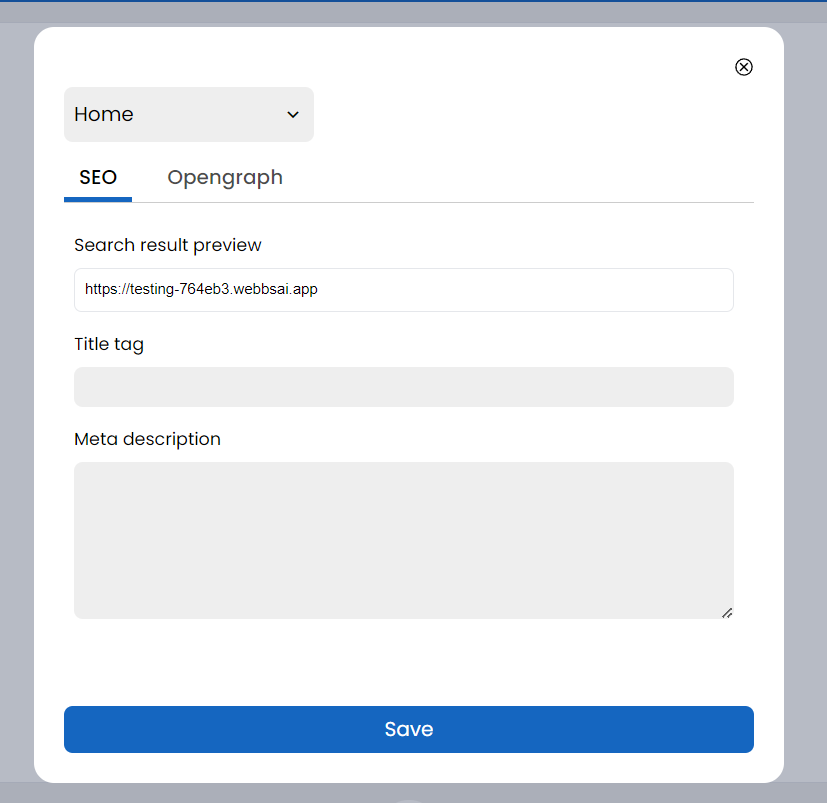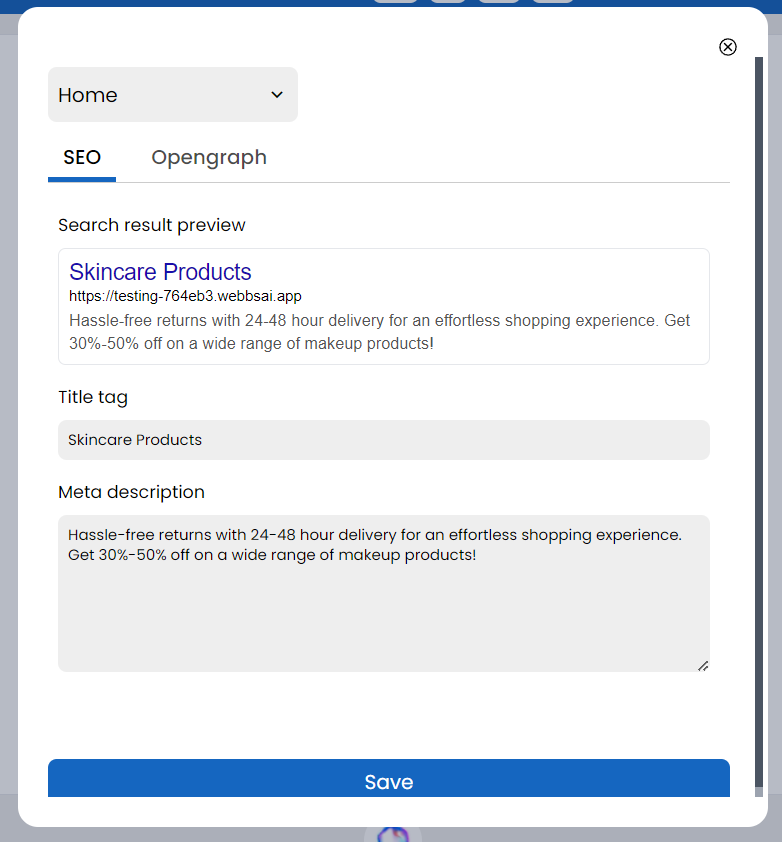How to Optimise Your Site with SEO
SEO, or Search Engine Optimization, is like making your website friendly and attractive to search engines, such as Google.
Imagine the internet as a huge library, and each website a book. When someone wants to find information on a specific topic, they can ask the librarian (acting as a search engine) to help them recommend the best books (acting as websites). The librarian uses certain criteria to decide which books to recommend first. SEO is like optimizing your book’s title, content, and organization so that the librarian thinks it’s the most relevant and useful for people searching on that topic.
Why it’s Important
-
SEO helps your website appear higher in search engine results.
-
SEO optimizes your website’s structure and content so search engines understand your site better and general user experience improves.
-
Websites that appear at the top of search results are often seen as more trustworthy and credible by users.
-
SEO tools and analytics give you insights into how users interact with your website. You can gather data on which pages are popular, how long visitors stay, and what actions they take.
SEO is not a one-time effort; it’s an ongoing process. This means you can adapt your strategy to changes in the market, search engine algorithms, or user behavior.
Making an SEO-friendly website on WebbsAI
In your working template, find the WebbsAI logo and click on it to reveal a dropdown menu.

When you choose SEO, a new window opens up.

Here’s where you customize the title tag and meta description for each page on your website. The dropdown that displays ‘Home’ at the top indicates whatever you fill in applies to the Home page only. As you add more pages, you can create optimised keywords for each one so that your website has maximum visibility.
-
Title Tag:
- It is displayed as a clickable headline in search engine results and appears at the top of a user’s browser when they visit that page. This tag is integral for SEO as search engines use it to understand the page’s content and then display it in user results.
- It must be concise and should accurately define your page’s purpose.
- It should be relevant to the page’s content.
-
Meta Description:
- It is displayed below the title in search engine results and acts as a preview snippet for the users so they know what to expect on the page.
- It should be concise and informative so users are encouraged to click on the link.
- Keep your meta description under 155-160 characters to prevent truncation in search results.
For example, if you’re selling skincare products, your information might look like this:

The ‘Search result preview’ option shows how it all ties together for users viewing it on a search engine.
When writing SEO keywords, it’s important to avoid repeating keywords excessively within your content. Search engines penalize websites for such techniques and it can lead to poor user experience.
On the other hand, using keywords that are not directly relevant to your content is also not desirable. It misleads both search engines and users and might result in higher bounce rates and lower rankings.
The online landscape and user behavior evolve, so keep on enhancing your keyword strategy to stay relevant and consistently highly ranked on search engines.